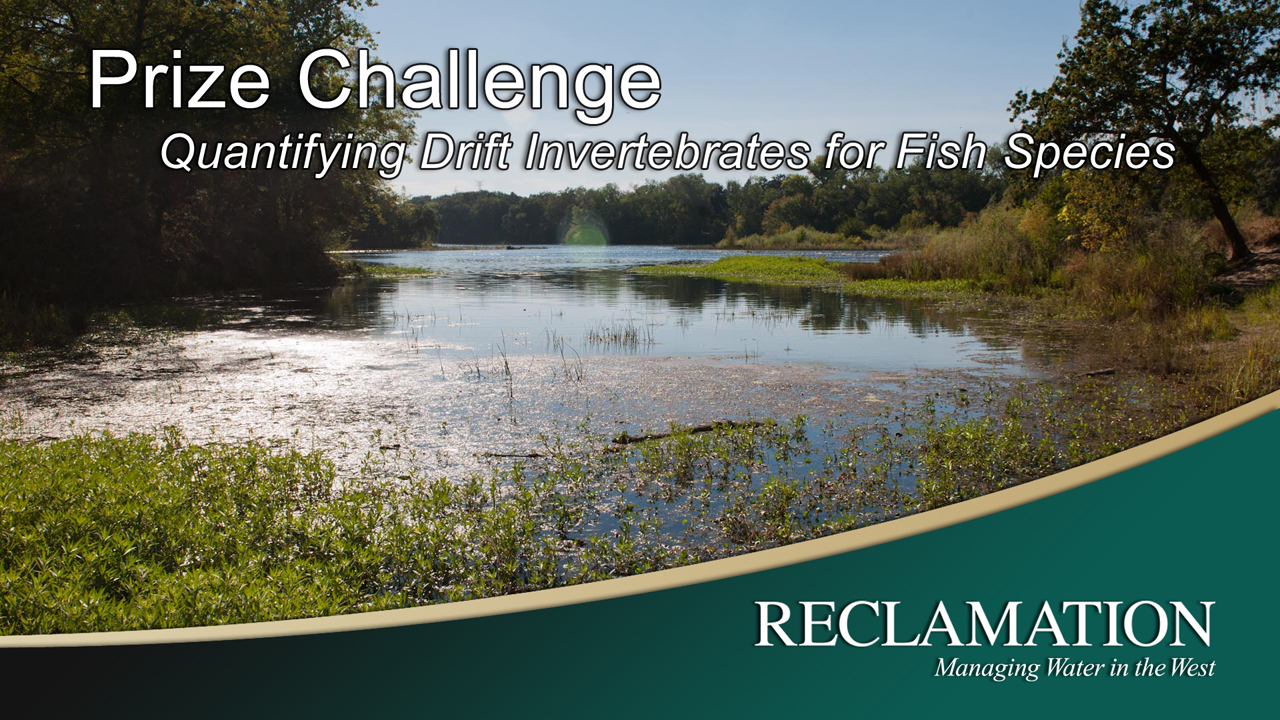Quantifying Drift Invertebrates in River and Estuary Systems
-

Launch: October 7, 2015
Habitat restoration, improvement, and creation in rivers, streams, and estuaries are key elements for the recovery of salmon, trout, and other critical fish species in the United States. Millions of dollars are spent annually on activities such as manipulating flow regimes, adding structural elements such as wood or rock, reconnecting rivers with their floodplains, and restoring wetlands. A critical aspect in evaluating the effectiveness of these habitat manipulations is understanding how they influence the food resources available to critical fish species targeted for recovery and protection. Yet despite its importance, quantification of food resources has proven difficult.
Awarded: July 15, 2016
The Bureau of Reclamation, in collaboration with other federal agencies (NOAA-National Marine Fisheries Service, U.S. Geological Survey, U.S. Fish and Wildlife Service, and U.S. Army Corps of Engineers) is seeking a way to economically detect, count, and identify zooplankton and drift invertebrates in river and estuary systems. Problems identified that prevent the simple transfer of oceanographic techniques to rivers and streams are higher water velocities, turbidity, higher surface/depth ratio, and costs (time and money).
Contact:
Connie Svoboda | csvoboda@usbr.gov | 303.445.2152
-

